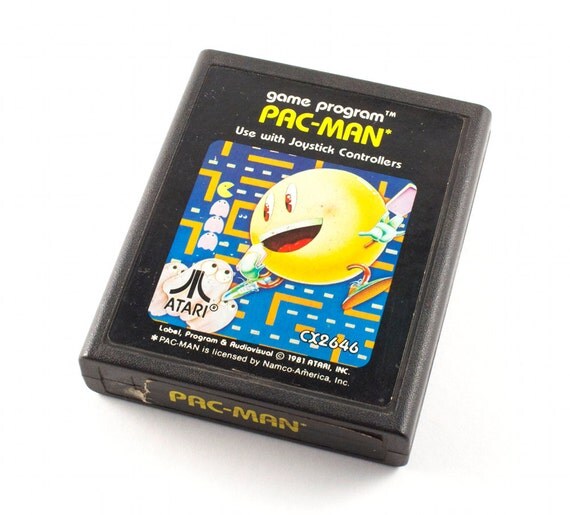

- ATARI TUNESMITH LIKE PROGRAM HOW TO
- ATARI TUNESMITH LIKE PROGRAM MANUALS
- ATARI TUNESMITH LIKE PROGRAM CODE
Basically, this is a simple program to add 2+2 to get 4. Note that I have simplified it a bit here.
ATARI TUNESMITH LIKE PROGRAM CODE
A detailed description of each line of the code can be found in Chapter 4 of Atari Roots and in a figure below. Note that the number of spaces between the line number and the first command is important. Type or copy then paste (from View menu) the following assembly program into Altirra. This will bring up a black MAC/65 4.20 screen with the words EDIT followed by a cursor. Choose Q to exit the menu to the DOS XL command line. This should boot you into the DOS XL 2.30 menu. Start Altirra and choose Boot Image from the File menu. DOS XL is nice because it has a command line for launching MAC/65 and BUG/65 from disk. I used here MAC/65 4.20 with BUG/65 and DOS XL 2.30. There are multiple available from the MAC/65 page on AtariWiki. They might help with some of the syntax I mention below.ĭownload an ATR file with MAC/65, BUG/65, and DOS.
ATARI TUNESMITH LIKE PROGRAM MANUALS
The MAC/65 and BUG/65 manuals can be found at AtariWiki and elsewhere online. You can get a reproduction cartridge for about $25 from AtariMax or you can make your own for about the same price. I am fortunate enough to still have mine from back in the day. Unfortunately, the original cartridges are hard to come by and are usually $100 or more on eBay. Everything below should be easy to replicate on all original hardware with a MAC/65 cartridge and floppy drive. I will assume you are doing this first on the Altirra emulator. Completing this project should give novices the confidence they need to get started with assembly. It is very well-written and considered a classic among Atari books. Atari Roots is an awesome book that I will likely reference in future posts. I recommend working through the example below and then going back and reading the first five chapters of Atari Roots to get the necessary background and additional details.


The example I will use here is from the book Atari Roots that can be found online in HTML or PDF. I will use the MAC/65 assembler because this is what I used back in the day and it is faster and has more features than the Atari Assembler Editor.

The goal of this project is to write, compile, save, and debug your first assembly program. Here is the Wikipedia page on the 6502 for some nice background information. I particularly liked the books by Lance Leventhal and Rodney Zaks. That you will need to learn yourself! Here is a great online resource that helped me with the fundamentals of the language and the 6502 chip. Note that I don’t plan to teach the basics of the assembly language itself.
ATARI TUNESMITH LIKE PROGRAM HOW TO
I also hope to go into more depth on how to add custom assembly code to BASIC programs to speed them up. My goal for the coming year is to build on this post and port some of my previous BASIC exercises to assembly. Knowing the basic mechanics of working in the assembly coding environment will make learning the language of assembly so much easier. The goal of this post is to start at the beginning to give readers the experience of writing, compiling, saving, and debugging their first assembly program for the 8-bit computers. With a deeper knowledge of assembly for the 6502 in hand, I am ready to get back to coding in assembly for the Atari 8-bit computers. In retrospect, I am somewhat surprised by this given what a pain it is to program in assembly for the 2600 with its many hardware limitations (e.g. There is something so satisfying about programming right on the metal. What I learned from this experience is that I really like assembly language. I taught myself 6502 assembly later in life and became good enough to complete a game called Gene Medic for the 2600. I dabbled in assembly as a kid but never became a pro. Needed: MAC/65 cartridge or Altirra emulator Task: Compile and Run an Assembly Language Program for the Atari Computer


 0 kommentar(er)
0 kommentar(er)
